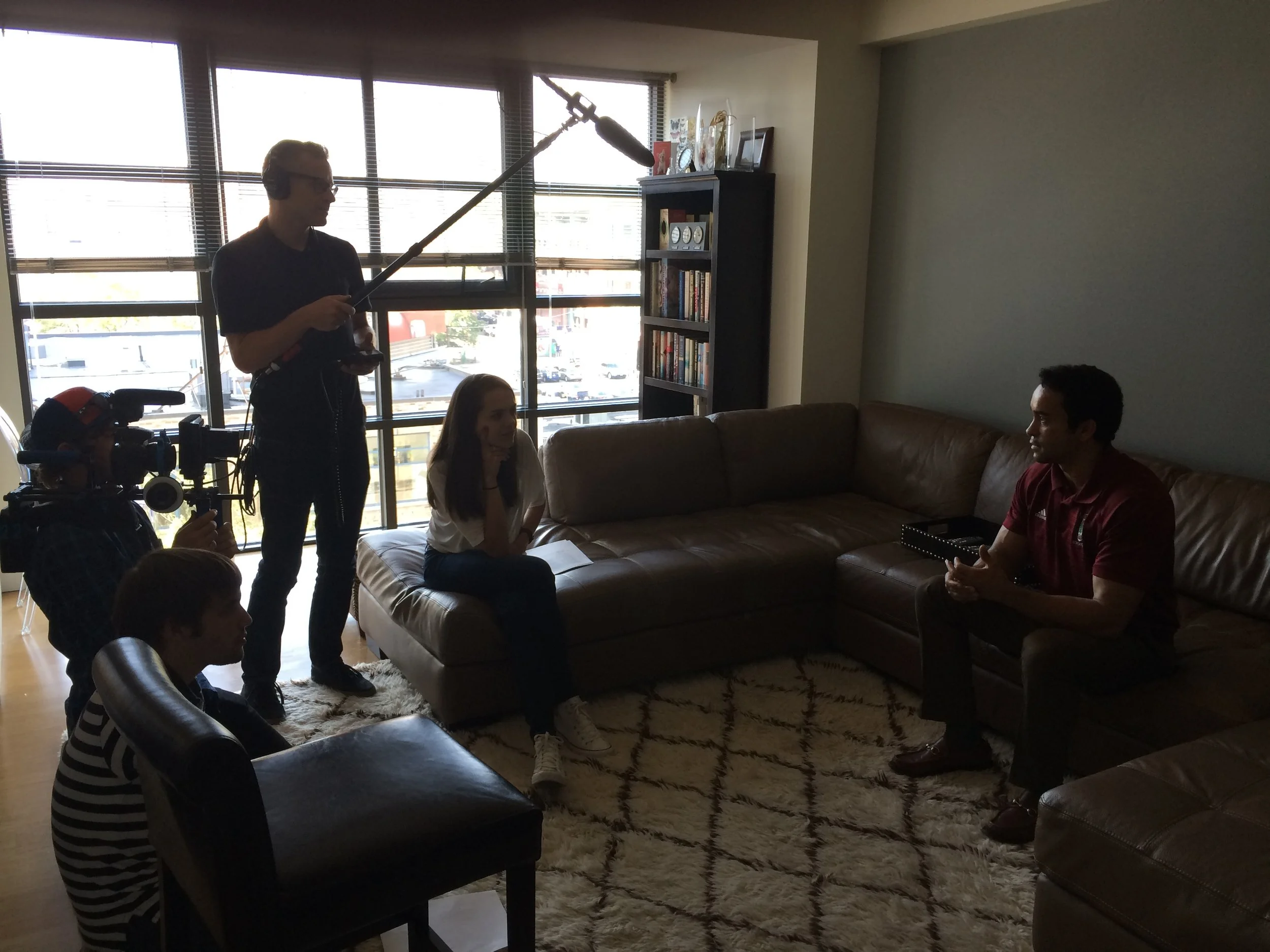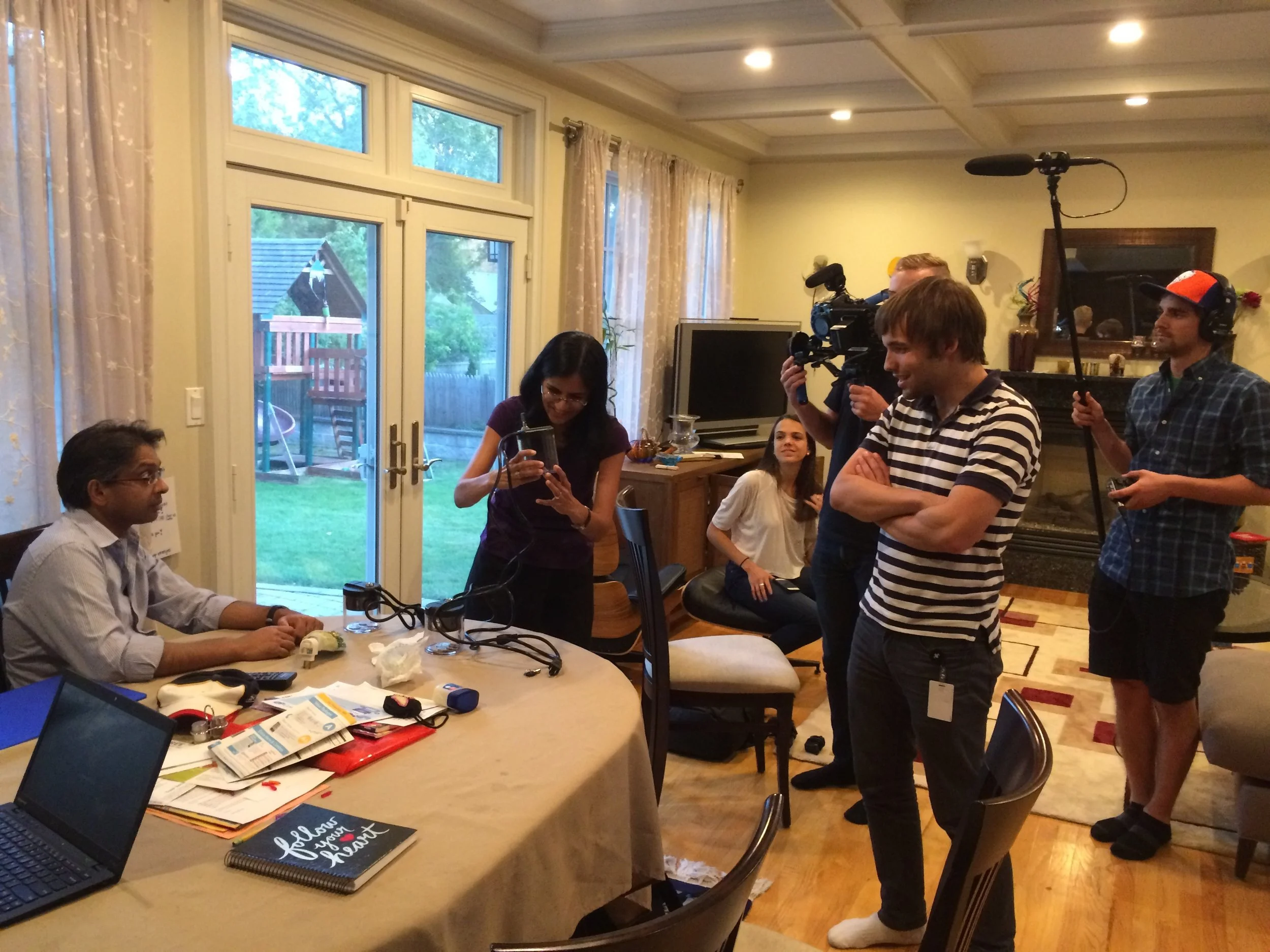Priceless Moments: What We Have Learned By Charging People to Watch Their Own TV
In 2010, five families from sleepy Boston suburbs had signed up for an experiment that ended up on the front pages of the tech press around the country.
Some praised us.
Some accused us of colluding with Big Cable.
And we – we learned a thing or two about how people watch TV by taking their TV away.
Then we came back with a sequel.
Priceless Moments
We recruited four families and ran their TV sets through a token timer device. Each time they wanted to watch a TV, they had to use one of the 25 coins we left them for a week. Each token is good for 35 minutes of TV time.
Would they spend their tokens?
On what?
Who would get to decide?
Would they care?
Would they fight?
Would they cheat?
Would they move out?
How It Worked
The experiment lasted seven days, and that's for how long the Token Timers were installed. We did the pre-interviews on the first day, installed the devices on each TV, installed video cameras for participants to record their impressions, and left. We returned a week later, unplugged all timers, collected the cameras, and did a post-interview.
How long they lasted:
Household 1, two adults (man + woman): 3 days with cheating
Household 2, two adults (woman + woman): 4 days with cheating
Household 3, two adults + child: 5 days with cheating
Household 5, five male students: all 7 days.
(Cheating means they unplugged the TV from the timer and plugged it directly into the wall.)
How token timers work: you plug the TV (or any other device) into the timer and then plug the timer into the electric outlet. When the timer runs out of time, it cuts the electricity that was going through the timer to the TV, basically turning the TV off. To restore the current, you insert a token.
What We Found
1. We say “TV” and it’s this abstraction that’s averaged and blurry and homogenous for everyone, but there is no one “single” TV. The meaning of TV is very individual.
“Let’s stay in and veg out” TV
"I am bored” TV
“Red wine & TV” TV
“I cannot miss this” TV
“People are coming over on Sunday” TV
“It’s ‘me’ time” TV
So when we are designing TV experiences, we need to know which TV we design for.
2. People underestimate how much TV they watch. They don’t realize it’s an important part of their lives until it’s taken away.
3. Environmental factors play a big role in how and what people watch. One of our participants talks about how they just got a coffee table for their living room, and that made them watch a lot more TV because now they had where to put dinner plates.
4. We were interested in finding out how people think about the future of television. Turns out people don’t really think about TV's future; what they have now is pretty much the apex of the evolution for them.
5. People over a certain age have memories of their first TVs that are very similar, both of the actual experience and programming. Kids growing up today won’t have this shared memory; today, TV means very different things for everyone.
6. There’s a certain nostalgia for appointment TV, where people would look forward to watching something at a certain hour. There was a sense of anticipation. A lot of that is gone now that everyone has on-demand, DVR, and streaming.
7. There used to be this monumental programming that defined entire generations; things like Dallas. It’s not clear if something like this exists anymore.
8. Each household we visited has a TV decider, the person in charge of the remote. Who this person is – that’s not always explicitly clear even to them.
With Domenic Dion, Blair Ballard, Laura Kopp, and Andres Hernandez



